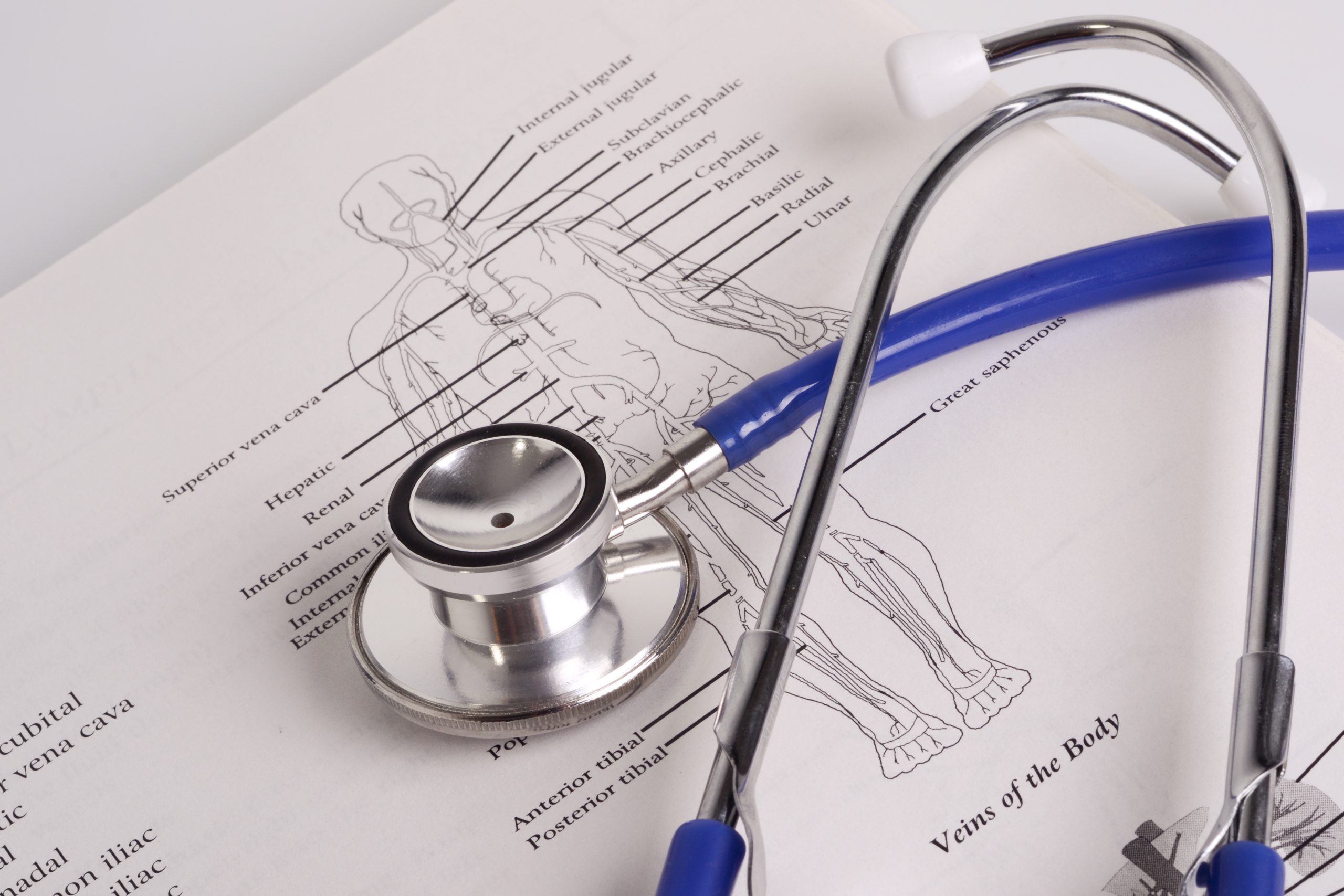Pharmacology is a crucial subject for medical students, as it encompasses drug mechanisms, interactions, and side effects. Pharmacology can be very challenging to master, but the right approach makes it easier. Here are some tips on how to learn pharmacology effectively and apply it in your practice.
How to Learn Drug Mechanisms
1. Understand Basic Pharmacodynamics
Pharmacodynamics focuses on how drugs affect the body. Key concepts include:
- Receptors: Drugs often work by binding to specific receptors, triggering a response.
- Agonists vs Antagonists: Agonists activate receptors, while antagonists block them.
2. Use Diagrams and Flowcharts
Visual aids help simplify complex drug mechanisms. Diagrams and flowcharts illustrate how drugs interact with receptors and pathways, making it easier to understand and remember.
3. Categorize Drugs by Class
Group drugs according to their mechanisms of action. Here are some examples:
- Beta blockers inhibit beta receptors to treat hypertension.
- Statins impede cholesterol formation.
How to Learn Drug Interactions
1. Know the Concepts of Drug Interactions
- Pharmacokinetic Drug Interactions: One drug impairs the uptake, metabolism or excretion process of another drug.
- Pharmacodynamic Drug Interactions: Several drugs may increase or decrease agonist activity on one pathway.
2. Utilize Online Resources
Drugs like Micromedex or Lexicomp are interaction checkers, which are invaluable in the determination of potential drug interactions. These tools should be well known for their use in clinical practice.
3. Emphasis on High-Risk Interactions
Learn the most dangerous drug interactions, such as:
- Drugs that affect the heart: Drug combinations that combine antihypertensives with diuretics.
- Liver-metabolized drugs: Drugs that affect cytochrome P450 enzymes.
How to Learn Drug Side Effects
1. Learn Common and Serious Side Effects
Focus on the most common and serious side effects associated with drugs:
- Common Side Effects: For instance, NSAIDs can irritate the stomach.
- Serious Side Effects: Chemotherapy drugs may suppress bone marrow.
2. Classify Drugs by Class
Classify drugs by their therapeutic classes to understand related side effects:
- Antibiotics: GI upset, allergic reactions, photosensitivity.
- Antihypertensives: Dizziness, fatigue, hypotension.
3. Mnemonics
Mnemonics can help recall side effects. For example, for anticholinergic drugs, remember “Hot as a hare, dry as a bone, red as a beet” to recall dry mouth, blurred vision, and confusion.
Tips for Studying Pharmacology
1. Use Active Recall
Flashcards (such as Anki) are great for testing your knowledge of drug names, mechanisms, and side effects. Regular self-testing helps reinforce the material.
2. Practice Spaced Repetition
Space out your study sessions to enhance long-term retention. Mastering pharmacology is very effective when combining active recall with spaced repetition.
3. Associate Drugs with Clinical Cases
Use real-world clinical cases to include pharmacology. Knowing how a drug is used in patient care makes the material more relevant and memorable.
Conclusion
Mastering pharmacology is important for your medical career. Understanding drug mechanisms, interactions, and side effects through categorization, visual aids, and active recall will help you retain the information more efficiently. With consistent effort and the right strategies, you’ll become confident in using pharmacology to guide your clinical decisions and ensure optimal patient care.



